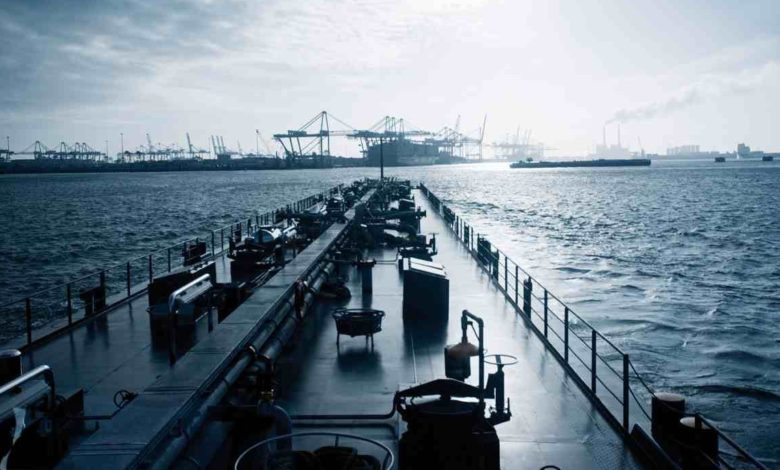Preparation key to fuel regulatory changes

Shipping knows only too well the difficulties of handling fuel and lubes in 2015’s cluttered, complex seas.
Managing fuel and lubes has always been and will be about finding the most suitable and cost effective solution in the face of changing regulations.
Regulations form the benchmark, says Captain Samir Fernandez, global operations and fuel efficiency manager at X-Press Feeders. They must be understood and evaluated both technically and commercially and followed up with early planning by considering the various options for compliance.
Fernandez cites the 0.1% sulphur cap in European waters this year as an example. Vessel operators had a varied choice between MGO, alternative fuels, scrubbers or LNG.
“To date the alternate fuels do not have an ISO specification and the jury is still out on whether they are fully compatible with residual fuels,” Fernandez says, adding: “The trick for us was to evaluate the cost effectiveness of a HFO/MGO mix or be adventurous with a new product.”
Kevin Smith, vice president at Masterbulk Ship Management, says planning is key, having things like the right additives onboard so owners do not get caught out if the voyage orders change. It is vital too to have good communication with the commercial team and charterers to facilitate the planning, and proper analysis of the fuel.
Sanjeev Samal, a VP at the same firm, has some tricks of the trade including regular energy audits and energy conservation actions. Retrofitting, though capital intensive, can reap huge fuel savings too, he says.
Cesare d’Amico, who heads up d’Amico Group, says: “Nowadays, in the present market, first class shipping companies cannot avoid considering the eco-compatibility side of shipping and these issues must be top priorities especially when building new ships.”
Carisbrooke Shipping, which has been trading in the Baltic ECA this year, has managed to perform “without a hitch”, says the firm’s CEO, Robert Wester. The compliance process has been expensive, he admits.
Carisbrooke’s fleet technical director Martin Henry says: “Knowing what kind of serious failures and problems can occur during the extremely critical period of fuel change-over, if not managed well, we decided that careful preparation was a priority, not least because the regulations were to enter force at the very worst time of year when weather conditions are often at their most severe.”
Carisbrooke seconded two serving senior chief engineers to head office and between them, they visited all of the line’s vessel series, carrying out actual change-overs to and from MGO in order to draw up suitable detailed procedures.
“The procedures vary,” Henry says, “because onboard some of our older vessels, there is limited tank capacity for distillate fuel, and more time is required for the change-over process. On others, we had to reorganise fuel supply pipework where this was economically viable.”
Delphis, best known as an intra-European box player, has been one of the companies most affected by this year’s introduction of an ECA in Europe. “From a technical point of view,” says Alex Saverys, the line’s CEO, “it’s too early to say what impact a prolonged consumption of MGO will have on the engines of 10 to 15-year-old ships.”
For Jan Hanses 2015 has been all about getting used to operating within an ECA. The ceo of ferry firm, Viking Line, has six of his seven vessels sailing in the new Baltic ECA. These ships are now running on MGO, the cost of which will hit the line for an additional EUR10-15m this year alone, according to Hanses. Viking Line’s 2013-built Viking Grace is the exception to the rest of the fleet. It is the first vessel on the Baltic Sea – and the first large passenger vessel in the world – to be powered by LNG.
Finally in this operators’ roundup, Clipper has decided to convert one HFO tank on six of its 30,000 dwt Trader-type bulk carriers into MGO tanks.
The conversion reduces unnecessary costs of frequent bunker operations and delays, the Danish line says. Simultaneously, it makes the vessels compliant with current legislation. As an extra benefit, Clipper says the physical separation of piping makes it very unlikely to mix the two fuel grades by mistake.
This article first appeared in Maritime CEO’s Fuels & Lubes special, published in association with UniMarine Lubricants. The full magazine can be accessed for free here.
